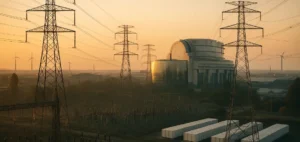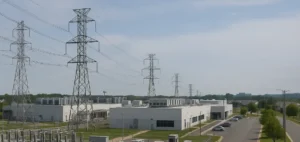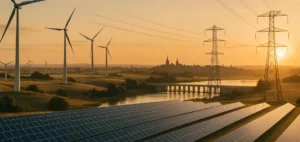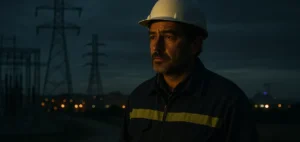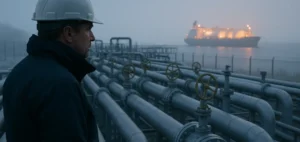CARB (California Air Resources Board) is a new plan to accelerate California’s carbon neutrality by 2045.
From principles to action
CARB does not indicate actions but principles and initiatives to be met by 2045. It concerns in particular the use of vehicles, carbon capture and agriculture. The plan aims above all to reduce CO2 emissions through the use of renewable energies and the storage of emissions.
This is a project for California carbon neutrality already underway but needs to accelerate. California Governor Gavin Newsom wants to speed up the energy transition process. The latter considers that strong measures are necessary for California to be a model of neutrality.
In this sense, he signed a new mandate in connection with this plan. In addition, he expresses his position for California’s carbon neutrality:
“We are making history here in California.”
The state of California therefore plans to pioneer carbon neutrality in the world.
Gavin Newsom also has the support of CARB board member Davina Hurt for this carbon neutrality plan. It thus expresses the interest of these measures:
“I am pleased that this plan is bold and aggressive.”
Vehicles, buildings, agriculture and carbon capture are the topics of this plan drafted by CARB.
It is above all a question of not using fossil fuels as much and replacing them with renewable energies. California plans to reduce liquid petroleum fuel by 94% by 2045. Alternatives must be found to polluting vehicles emitting CO2.
As a result, the state of California plans toban the marketing of new gasoline-powered vehicles. A previous request by Governor Newsom to CARB already concerns a significant reduction in CO2 emissions from aircraft. Califonia is banking on the commercialization of alternatives such as hydrogen-powered aircraft planned for 2024.
Aviation must therefore rely 20% on electric or hydrogen alternatives by 2045. The plan also aims to improve the buildings that make up California’s homes and businesses. Newly constructed buildings must then be powered by electric appliances by 2030.
Agriculture meets the requirements of California’s 2045 carbon neutrality plan. Methane emissions, emitted by livestock, are reduced by 66% according to CARB’s plan. In addition, the agricultural sector must rely less on fossil fuels by 2045.
Carbon capture
Finally, one of the proposed solutions is based on carbon capture. For example, California plans to store 100 million tons of CO2 underground by 2045. The state must therefore acquire the technologies necessary for its carbon neutrality goal.
However, the carbon capture technique remains controversial because Californians believe that it lets companies pollute freely. Indeed, these companies will possibly make less effort to reduce their emissions. This alternative allows to pollute because the companies consider that the emissions are storable.
Some critics of the 2045 carbon neutrality plan say it is unrealistic. There is indeed an increase in the use of air conditioning. Renewable energies cannot always cover this growing consumption.
For the Western States Petroleum Association, association president Catherine Reheis-Boyd says:
“CARB’s latest proposal on the Initial Plan recognized what dozens of studies have confirmed – that a complete exit from oil and gas is not realistic. A plan that is not realistic is not really a plan after all.”
The Western States Petroleum Association represents companies involved in the petroleum industry. In a way, the association defends the activities of its members.
Although the plan faces criticism, it responds to a climate emergency. However, there are issues related to the choice of energy sources. In 2021, Stanford and MIT are promoting nuclear with Diablo Canyon, which avoids blackouts.
The meeting to draft the plan includes activists, residents and experts. They consider this new plan to be better than the previous one. Indeed, it was being drafted at the beginning of the year.
There is therefore a need for a roadmap with more drastic measures for carbon neutrality. Connie Cho, an attorney with Communities for a Better Environment, thinks this is an important step. It does not agree with the carbon capture solution.
However, she sees the plan as a step forward for climate and social justice. California is therefore making carbon neutrality its priority. The State of California is thus seeking to take strong action.














